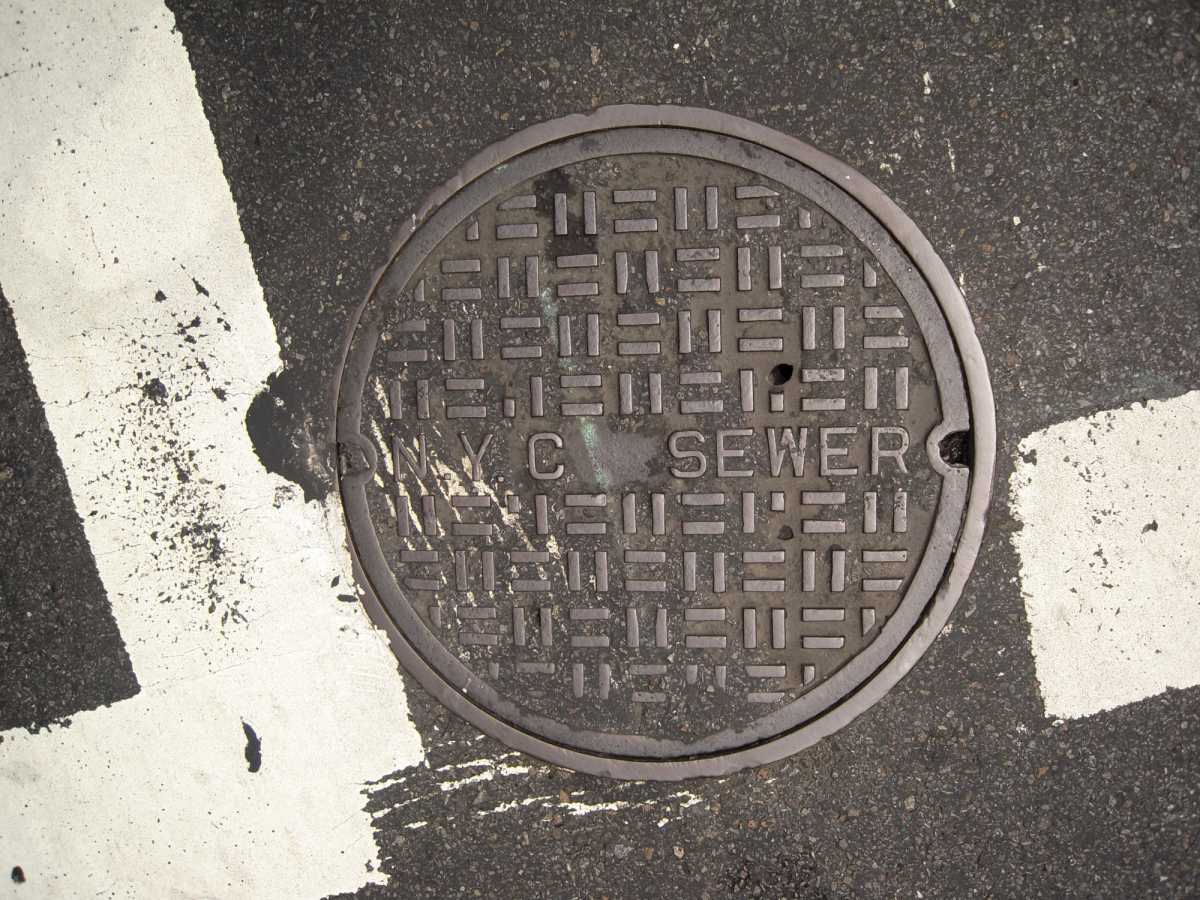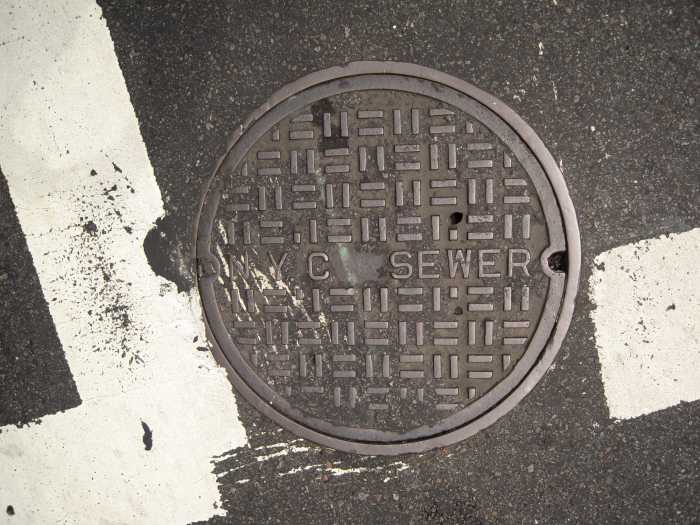New Yorkers are slurping ramen like never before, so it should perhaps come as no surprise that along with a surge in cravings for Japanese food comes a desire for Japanese beverages.
While New Yorkers are well-versed in beer and wine, knowing their lagers from their ales and carbernet francs from cabernet sauvignons, it seems that sake remains a bit of a mystery. Perhaps picking the most decorative bottle, or the sake with the best value is easiest at a sushi restaurant, but New Yorkers deserve to be more informed when making sake choices.
With restaurants boasting sake lists longer than wine lists, and World Sake Day coming up on October 1st, now is the time for New Yorkers to become Sake experts.
Chris Johnson, also known as Sake Ninja and the sommelier at Williamsburg’s Cherry Izakaya, explains the basics of sake.
“Sake is broken down into three groups, differentiated by polishing ratio, i.e. how much of the rice is milled or polished,” Johnson explains.
The entry level sake is considered Junmai, pure rice sake, and Honjozo (sake with a little brewers alcohol added). These are both generally polished to somewhere between 60 and 70 percent rice remaining (Junmai has no minimum requirement). Junmai tend to have more rustic earthy flavor profiles with more mineral and rice notes.
The next category is Ginjo (including Junmai Ginjo), which is milled to between 50 and 60 percent. These sakes tend to have more floral and fruit notes: the more you polish the easier it is for the yeast to show its flavor characteristics and the more delicate notes from the rice. Think melon, banana, green apple, pear, tropical fruits, white flowers and sunflowers.
Daiginjo (including Junmai Daiginjo) is the ultra premium and is polished below 50 percent and sometimes down to as low as 18 percent. These sakes have removed all the impediements to fermentation, and have layers of delicate flavors and more depth in the fruit and floral notes.
Johnson recommends that novices start with Ginjo sakes, as the balance of fruit and floral components is easier to recognize.
Each sake has its own best temperature, but Johnson says your best bet is to “place sake in the fridge for about two hours, call some friends over, grab some wine glasses or sake cups, open the sake and toast with ‘Kanpai!'”
There are no major sake producers currently in New York (perhaps home sake brewing will be the next DIY fad) but plenty of talented importers make sure to bring in the good stuff from Japan’s 2000 sake breweries to New York.
To taste over 370 sakes (or perhaps a limited selection of the extensive offerings), along with Japanese dishes from highly-acclaimed New York restaurants, check out New York’s annual Joy of Sake event on Thursday, September 18 at 6 p.m.
And if you want to get more into local sake, head to TAO Downtown to taste their new sake brand, ENTER, available in two varieties: black dot (junmai) and gold dot (junmai daiginjo).

































